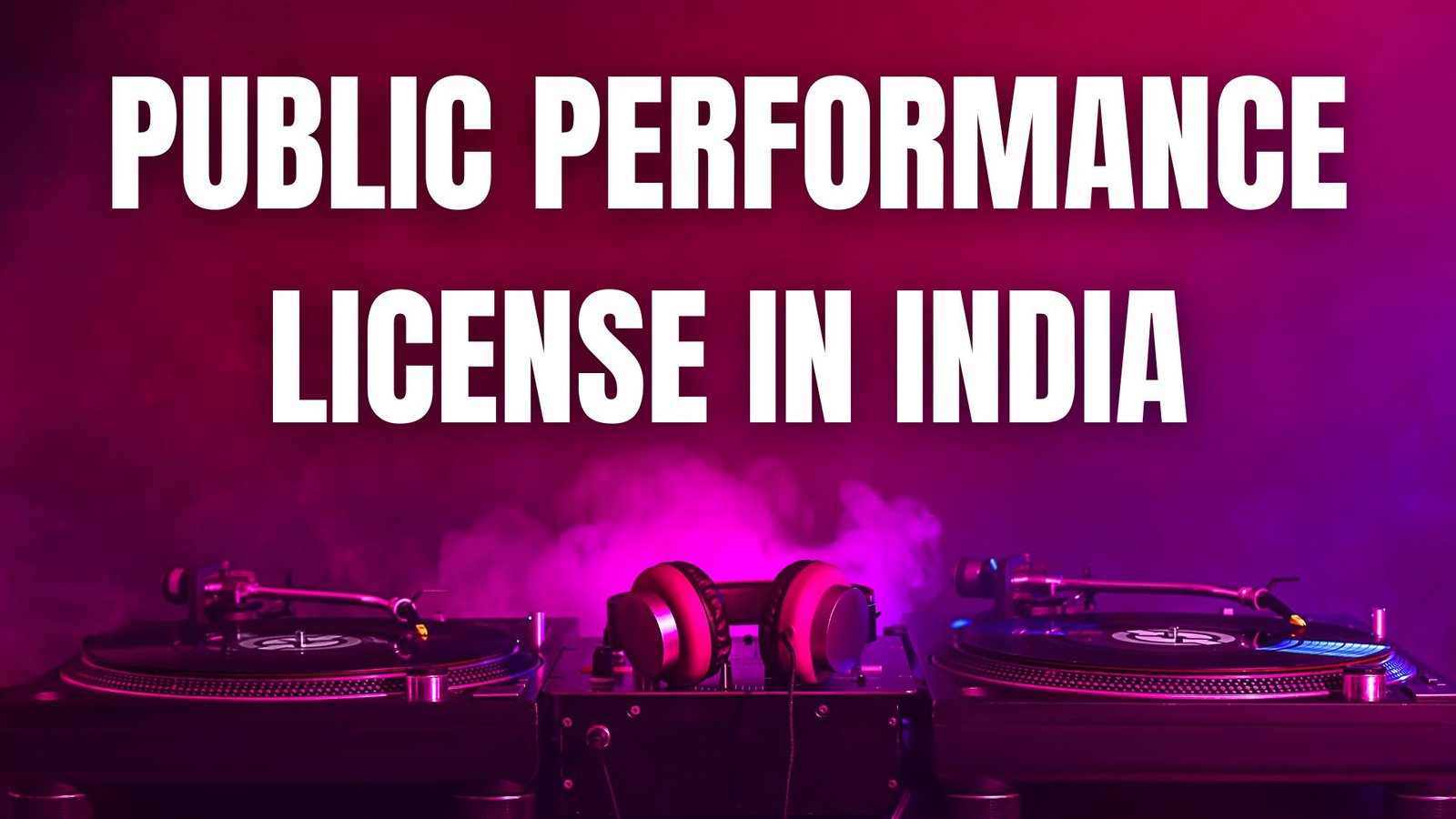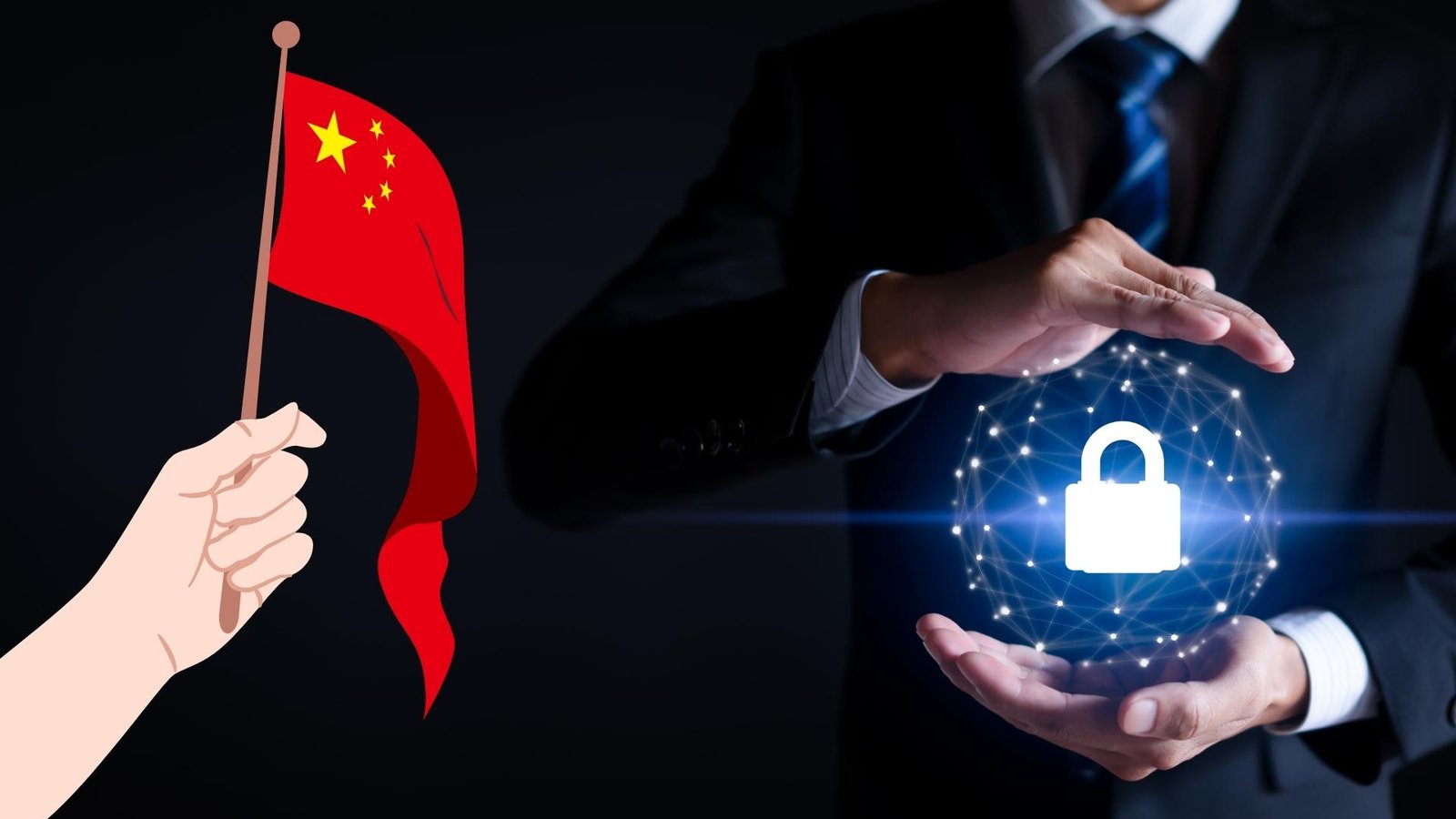On this page you will read detailed information about Martial Law in Ukraine.
As a citizen of Ukraine, your country has experienced significant political turmoil and uncertainty over the past several years. The declaration of martial law in late 2018 added another layer of complexity to an already complicated situation. To understand the implications of martial law and how it may impact your daily life, it is important to first understand what martial law is and why it was implemented. This analysis will provide an overview of martial law in Ukraine, explain the events leading up to its declaration, discuss how it has been enforced, and consider what may come next now that the initial 30-day period has ended. By understanding the context around martial law in your country, you can make informed decisions about how to respond to this development and have realistic expectations about what the coming months may hold.
Understanding Martial Law in Ukraine
Martial law in Ukraine refers to the temporary imposition of direct military control of normal civil functions by the Ukrainian government. Under martial law, the military is in charge of public security instead of the police. Martial law can only be declared by the Ukrainian parliament, the Verkhovna Rada, at the request of the President of Ukraine.
The conditions under which martial law may be declared in Ukraine are:
- Military aggression against Ukraine
- Threat of aggression against Ukraine
- Threat to Ukraine’s state independence and territorial integrity
- Mass disturbances accompanied by violence
- Attempts to seize state power
- Natural disasters and technogenic catastrophes
When martial law is in effect, the military is granted special temporary authority over the civilian population. This includes:
- Restricting the movement and gathering of citizens. Curfews and travel bans may be put in place.
- Banning political parties and public associations that pose a threat to national security.
- Taking control of media outlets. The military can control the spread of information to avoid panic.
- Searching homes and personal belongings without a court order.
- Banning strikes and labor disputes that threaten important infrastructure.
- Deporting or detaining foreign citizens that pose a threat.
Martial law also allows for the temporary suspension of civil rights like freedom of speech, assembly, and press. The military courts gain jurisdiction over most legal matters.
In Ukraine, martial law is limited to a period of 30 days but may be extended up to 60 days. The Verkhovna Rada must approve any extensions. Martial law must be lifted immediately once the conditions that prompted its imposition no longer exist.
The imposition of martial law is an extreme measure that temporarily sacrifices civil liberties and democracy in the name of national security. It should only be used as an absolute last resort in times of crisis. When misused, it can pose a serious threat to human rights and civil society.
Reasons for Imposing Martial Law
The imposition of martial law in Ukraine in November 2018 was a controversial move that sparked debate. The Ukrainian government argued it was necessary for national security reasons, citing three primary justifications:
Aggression from Russia
Ukraine remains engaged in an ongoing conflict with Russia over Crimea and parts of eastern Ukraine. Russia annexed Crimea from Ukraine in 2014 and continues to support pro-Russian separatists in eastern Ukraine. The threat of further Russian military action, including a large-scale invasion, was cited as a reason for imposing martial law. By declaring martial law, Ukraine’s military was put on high alert and given expanded powers to defend the country.
Provocation in the Kerch Strait
Just days before martial law was imposed, Russian forces seized three Ukrainian naval vessels and captured 24 sailors in the Kerch Strait, which separates Crimea and Russia. Ukraine argued this was an act of aggression by Russia that warranted a strong response. Martial law was meant to signal Ukraine’s resolve in the face of Russian provocation.
Curbing civil liberties
Critics argue that martial law was an overreaction by the Ukrainian government that undermined civil liberties. Martial law gave the military broad authority, including the power to ban public gatherings, temporarily seize private property, and censor media. There were concerns that the government would abuse these powers to crack down on political dissent and opposition groups under the guise of national defense.
In conclusion, while national security concerns regarding Russian aggression were cited to justify martial law, its imposition curtailed basic civil liberties and escalated tensions within Ukraine. The move highlighted the delicate balancing act between security and freedom that Ukraine continues to grapple with amid the ongoing conflict.
Next Article: California Shoplifting Law: Your Guide to Understanding Legal Consequences
Key Aspects and Implications of Martial Law
The implementation of martial law in Ukraine has wide-ranging implications and affects key aspects of society.
Restricted Freedoms
Martial law grants the military temporary authority over civilian functions, restricting some civil liberties and freedoms. Public gatherings may be banned, media censored, and citizens’ movements limited. While the restrictions aim to restore order, they raise concerns over potential human rights violations if abused.
Economic Impact
Martial law may weaken Ukraine’s economy by damaging business confidence and investment. Travel restrictions hurt tourism, and limited public activity reduces commerce. Prolonged martial law could significantly impact trade and GDP growth. However, if it achieves the goal of stabilizing the region and reducing conflict quickly, the economic consequences may be minor.
Geopolitical Ramifications
How the international community responds to Ukraine’s martial law depends on its implementation and success. If seen as a reasonable response to external threats that restores security, it may gain diplomatic support. However, if viewed as an authoritarian overreach that undermines democracy, it risks further damaging Ukraine’s relationships with Western allies. Russia is likely to criticize the move as evidence the Ukrainian government lacks control.
Future Outlook
The long-term effects of martial law depend on how soon civilian rule is restored and to what degree. If lifted promptly after achieving its aims, and with limited impact on civil liberties, martial law may provide a brief respite to address security threats without lasting consequences. However, failure to transition back to democratic processes in a timely manner could signal a turn toward more authoritarian policies, which may isolate Ukraine diplomatically and hurt its stability in the years to come.
In summary, while martial law may be justified to address Ukraine’s immediate security crisis, its key aspects and wide-ranging implications require close monitoring to minimize potential humanitarian, economic and political risks. A swift return to normal civilian governance and an open democratic society is optimal for Ukraine’s future security and prosperity.
How Martial Law Impacts Civilians
Martial law in Ukraine has widespread impacts on the civilian population. When martial law is declared by the government, certain civil liberties and rights are temporarily suspended.
Restricted Movement
Under martial law, authorities can restrict civilian movement and travel. Curfews may be put in place, limiting the times citizens can be outside their homes. Checkpoints can be established to monitor who is entering or leaving cities and towns. Public transit services like buses, trains, and airports may be suspended or operate on limited schedules. These measures make it difficult for people to go about their daily lives and jobs.
Limited Access
Martial law also often means limiting access to certain public spaces. Schools and universities may be closed. Places of worship, restaurants, shopping areas, and recreational facilities can be shut down. While these closures are meant to maintain order, they disrupt community life and the economy. People are unable to gather together, conduct business, or participate in leisure activities.
Censorship and Surveillance
Under martial law, the government also gains the authority to censor communication and increase surveillance. They may monitor phone calls, text messages, online communications, and news media. Censorship is used to control the spread of information, especially anything that could stoke unrest. However, it also limits free speech and access to independent news reporting. Surveillance, though aimed at identifying threats to security, infringes on citizens’ right to privacy.
Detention Without Charge
One of the most troubling powers under martial law is the ability to detain individuals without charge or trial. Authorities can arrest and imprison people they perceive as undermining stability, even without sufficient evidence to bring formal charges. Detainees may be held indefinitely until martial law is lifted. This suspension of due process is prone to abuse and human rights violations.
In summary, while martial law may aim to restore order, it often comes at the cost of civil liberties and democracy. The impact on civilians can be far-reaching, disrupting lives, communities, and society as a whole.
The Future of Martial Law in Ukraine
The implementation of martial law in Ukraine is a complex issue with many uncertainties surrounding its future. As the conflict in eastern Ukraine continues, martial law may remain in effect for the foreseeable future.
The Pros and Cons of Continued Martial Law
On the one hand, upholding martial law allows the Ukrainian government to restrict civil liberties and gain more control during a time of crisis. It also conveys a strong message to Russia that Ukraine is willing to defend itself. However, long-term martial law poses risks to Ukraine’s democratic values and economic stability. It could damage Ukraine’s relationship with Western allies and isolate the country diplomatically.
Calls to Limit or End Martial Law
Many Ukrainian citizens and outside observers argue that martial law should be limited or ended altogether. Prolonged restrictions on civil liberties and free speech threaten Ukraine’s democratic reforms since the Maidan revolution. Ending martial law could help ease political tensions and bring Ukraine’s laws back in line with European standards of human rights and democracy.
A Difficult Road Ahead
Ukraine faces challenging decisions regarding the future of martial law. While it provides short-term security benefits, long-term martial law may do more harm than good. Ukraine must find a balanced solution that protects its borders as well as its democratic values. The path forward is complex with many trade-offs to consider regarding politics, security, human rights, and diplomacy. However, with support from allies, Ukraine can work to limit martial law and advance political reforms. The future remains uncertain, but maintaining democratic principles will be key to Ukraine’s success.
In summary, while martial law aims to protect Ukraine’s security in the short term, its prolonged use poses risks to Ukraine’s democratic reforms and relationships with Western allies. calls are mounting to limit or end martial law to uphold civil liberties and ease political tensions. Though the road ahead is difficult, Ukraine must find a balanced solution that protects both its borders and its democratic values with the support of allies.
Conclusion
As you have seen, the imposition of martial law in Ukraine is a complex situation with arguments on both sides. On the one hand, it provides the government more control and authority during a time of crisis. However, it also suspends civil liberties and consolidates power within the executive branch. There are concerns about potential government overreach and human rights violations. Overall, the key will be ensuring any martial law is narrowly tailored, limited in duration, and gradually eased as tensions deescalate. The international community will be closely monitoring Ukraine to make sure basic democratic principles and freedoms are restored as soon as the security situation allows. While martial law may be a necessary temporary measure, a prolonged imposition risks Ukraine’s democratic reforms and closer ties with Europe. The coming weeks will be crucial in determining an outcome that balances security and liberty.
Disclaimer
The information and services on this website are not intended to and shall not be used as legal advice. You should consult a Legal Professional for any legal or solicited advice. While we have good faith and our own independent research to every information listed on the website and do our best to ensure that the data provided is accurate. However, we do not guarantee the information provided is accurate and make no representation or warranty of any kind, express or implied, regarding the accuracy, adequacy, validity, reliability, availability, or completeness of any information on the Site. UNDER NO CIRCUMSTANCES SHALL WE HAVE ANY LIABILITY TO YOU FOR ANY LOSS OR DAMAGE OF ANY KIND INCURRED AS A RESULT OR RELIANCE ON ANY INFORMATION PROVIDED ON THE SITE. YOUR USE OF THE SITE AND YOUR RELIANCE ON ANY INFORMATION ON THE SITE IS SOLELY AT YOUR OWN RISK. Comments on this website are the sole responsibility of their writers so the accuracy, completeness, veracity, honesty, factuality and politeness of comments are not guaranteed.
So friends, today we talked about Martial Law in Ukraine, hope you liked our post.
If you liked the information about Martial Law in Ukraine, then definitely share this article with your friends.








